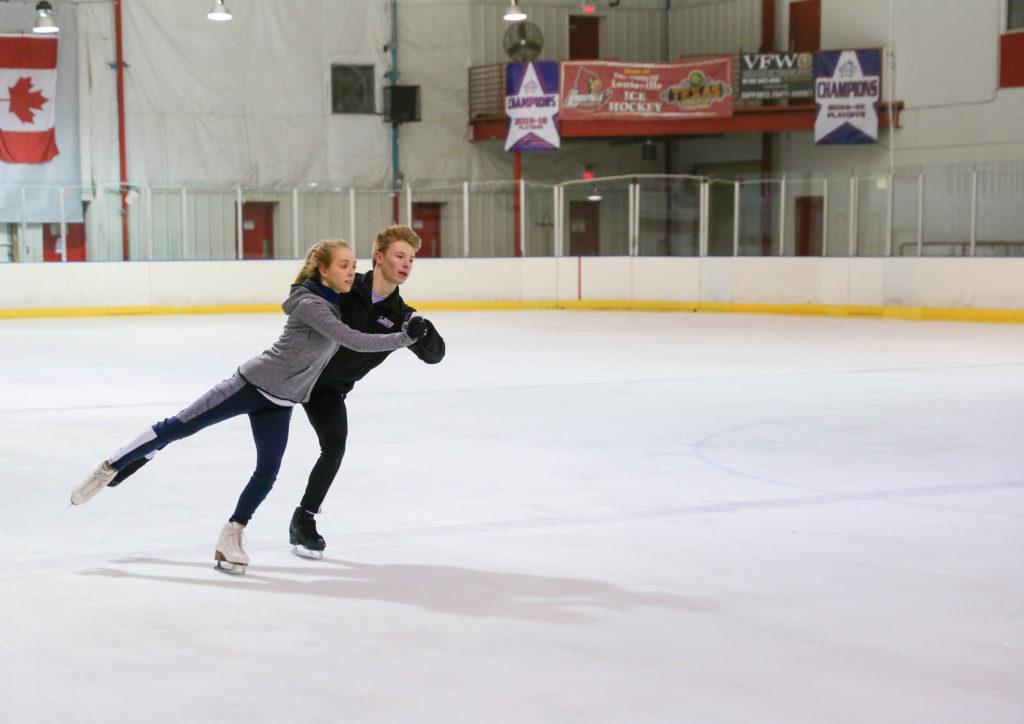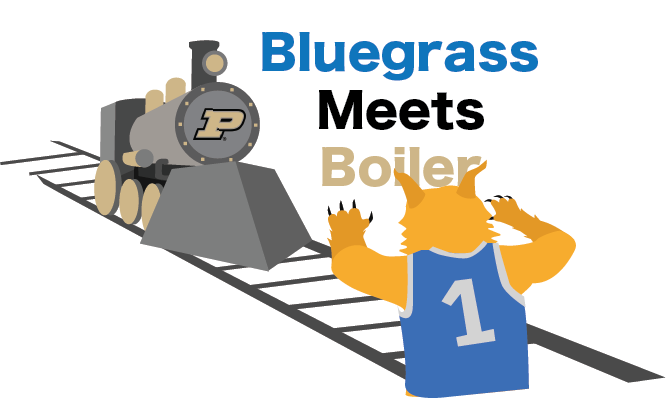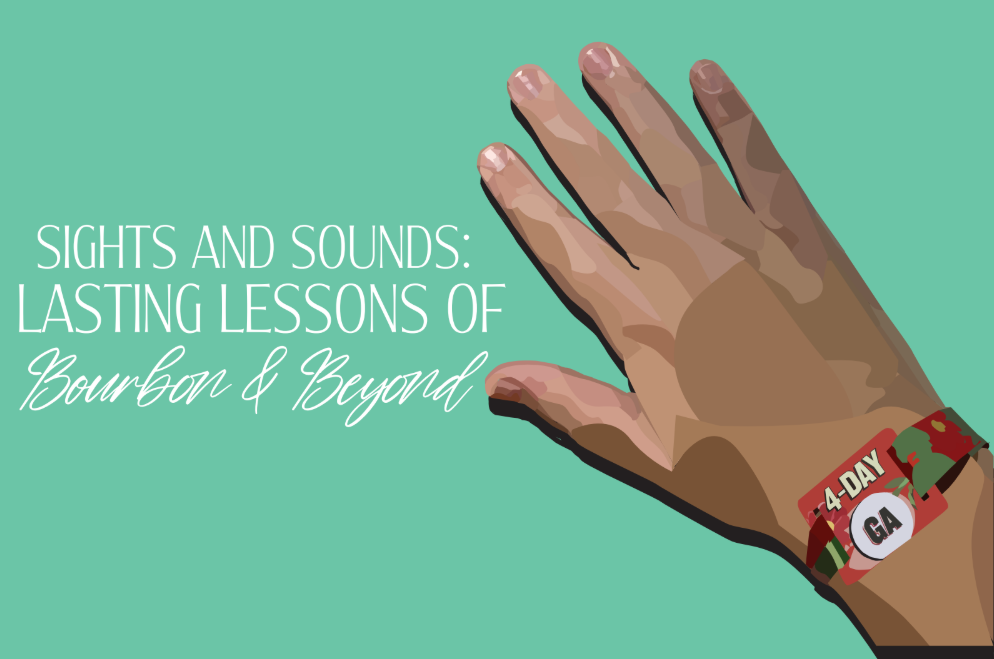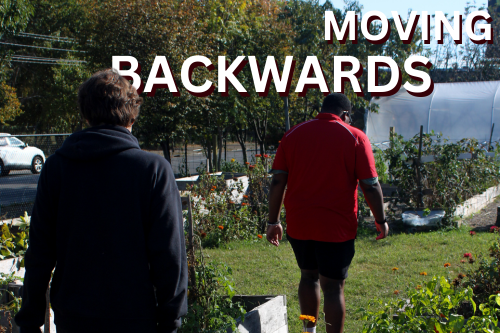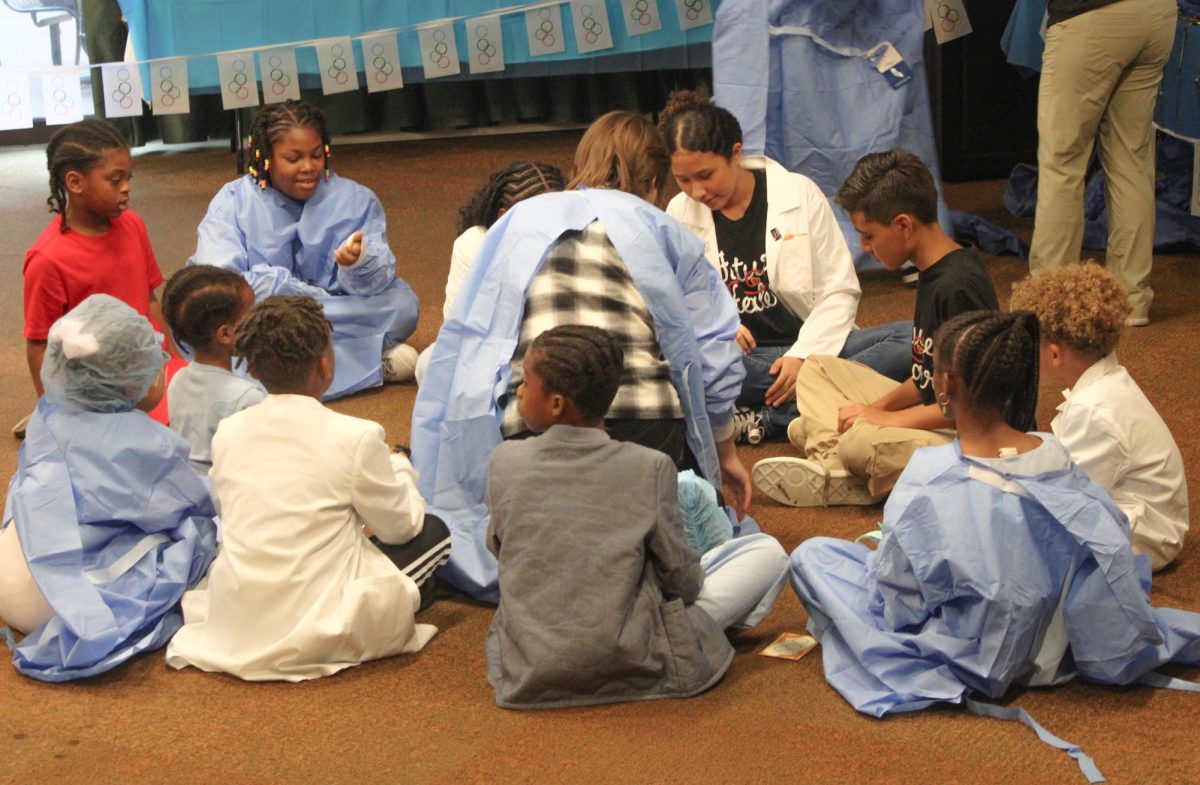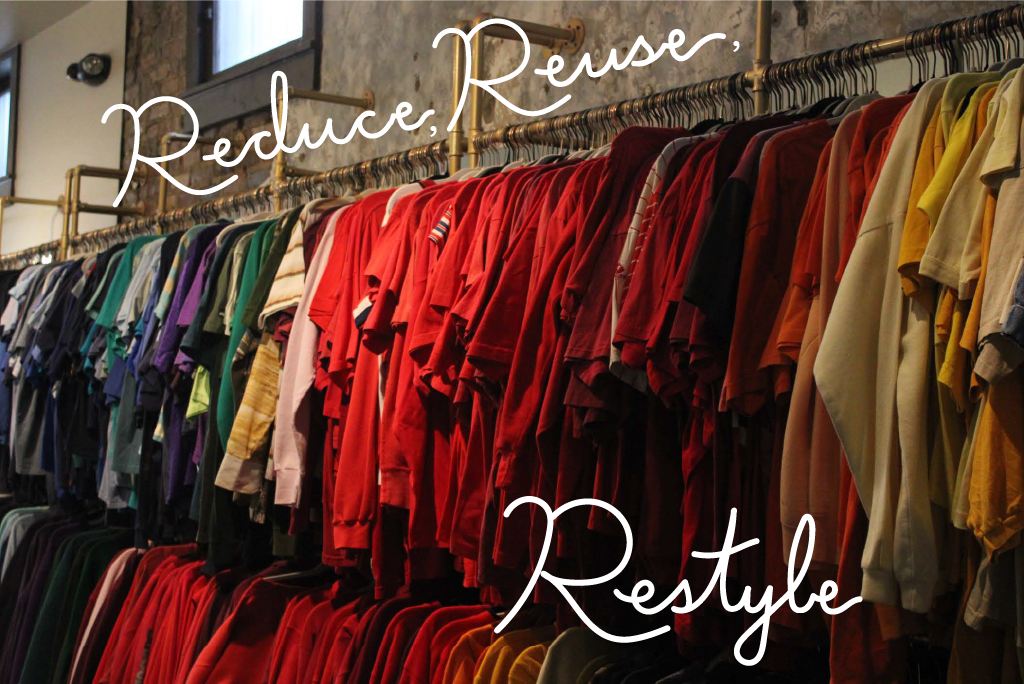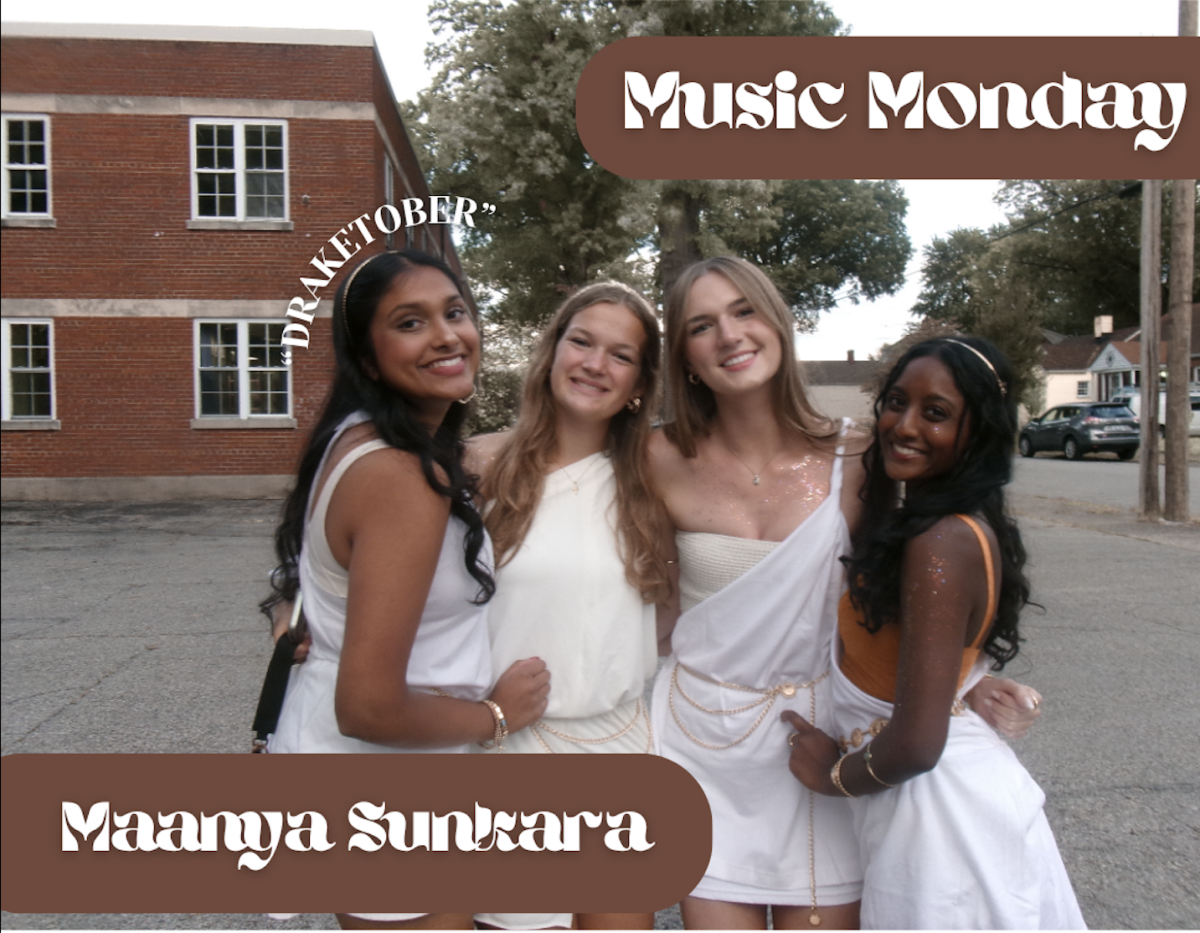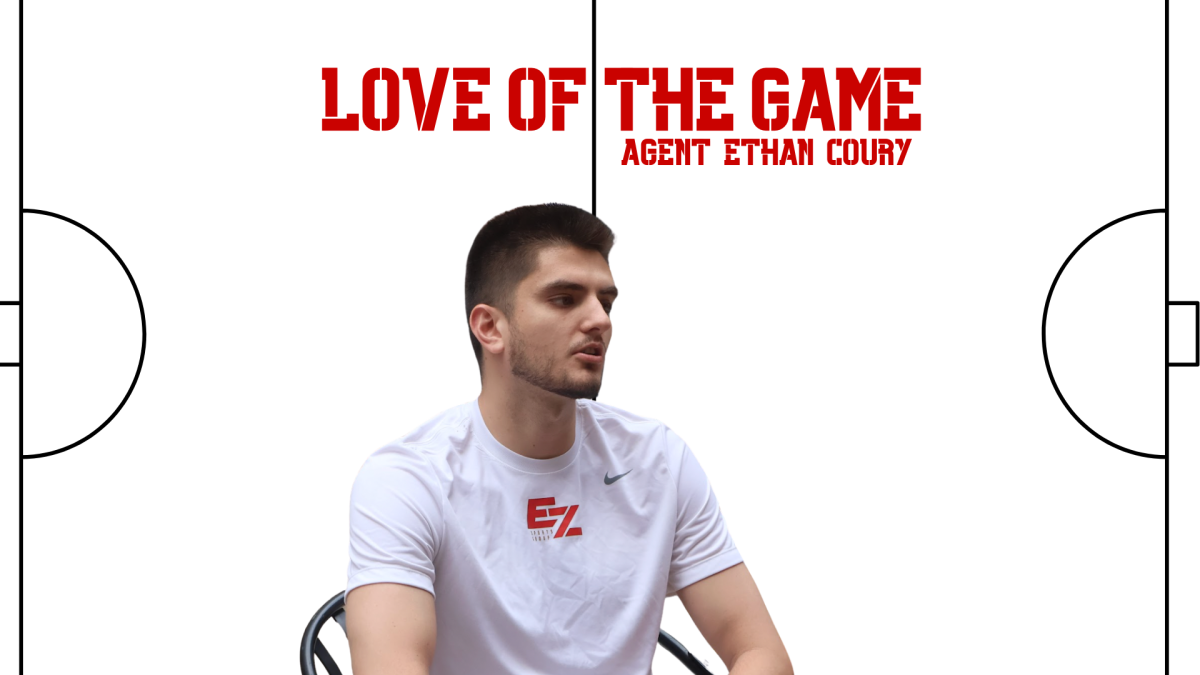→ Spotlights followed the pair of skaters as they flitted around the rink, leaving little space untouched by their sharp blades. Sixteen-year-old Claire Purnell stood in the far corner of the rink patiently waiting her turn with her 18-year-old brother, Luke. As applause followed the prior performance, the siblings skated to the center of the rink and struck their beginning pose. Their heads turned toward each other, and their bodies tensed. Music. They began reflecting each other’s movements, sliding their legs forward and backward in unison.
As they made a sharp turn, the blade of Luke’s skate smashed into Claire’s skate, entangling the pair’s laces and boots. Claire gripped Luke’s shoulders while simultaneously attempting to yank his blade from her boot. They didn’t fall, but the little mistake cost the pair points from their score. Though they had been training for years, they knew they needed more practice.
Claire, the director’s daughter at the Louisville Skating Academy, grew up on the ice with her brother. When she was young, Claire spent time playing with the snow on the rink while she watched the skaters. As she grew older, she started paying more attention to the practices, mirroring the older skaters’ movements.
Claire skated solo from ages 8 to 10, but at 11 she discovered ice dance, which fuses ballroom dancing, acting, and figure skating in a two-person routine. She partnered with her brother, then 13, who was also skating solo at the time.
“I wasn’t very good, but I just liked to perform,” Claire said. “Everyone always told me that I had a beautiful smile, which means my skating was crap. But I could at least smile.”
They realized that they would need to put in more work than they initially thought to improve, so they started to dedicate themselves to daily practice and conditioning. They faced many obstacles, like Claire being the taller of the two. When learning more complex movements, Claire lifted Luke, making them different from their competition.
“At first I was embarrassed,” Luke said. “But after a few competitions I started to really own it and be proud of my sister’s ability to be so strong.”
Claire and Luke’s mutual support of each other has made it easier for them to work together as a pair. They attended the same school for their entire lives until Claire’s ice skating and school schedules became too rigorous. Following her sophomore year at Kentucky Country Day (KCD), Claire decided that online schooling would conserve her time and give her more opportunities to skate.
Luke, on the other hand, attends KCD and finds that the commitment to be in school for at least seven hours a day is more beneficial for his learning style, compared to flexible online classes. He finds that he learns better under the stricter learning environment with more supervision, while Claire finds that she can pace her workload more efficiently at home. However, he is often forced to stay awake until late hours of the night while trying to juggle his homework and 16 hours of skating per week.
Claire and Luke spend the majority of their practice time either skating or training to skate. Their training usually consists of ballet classes and traditional conditioning. Sometimes Claire and Luke go to Iceland Sports Complex twice a day – once in the morning and once at night. Despite their contrasting schedules, they have found a way to work in the necessary amount of practice time.
Although the duo is currently second in the midwest region representing the Louisville Skating Academy, their winnings have not always come easily.
“We lost all the time,” Claire said, “but we didn’t stop because we knew it was what we loved.”
Now, Luke has grown taller than Claire, and they’re proud of sticking to the activity and not giving up because of the difficulties they faced.
“I always root for the underdog, because that’s kind of like how we were,” Claire said.
Though the siblings have had difficulty improving their scores, they have high ambitions for themselves and their future.
“We hope in the near future to be on Team USA. We also hope to make it to the Olympics someday but that’s obviously one in a million,” Claire said.
After high school, they plan on going to college near each other and continue skating in ice dance as a pair.
“I want to skate until I no longer enjoy it,” Claire said.
Back at the rink, Claire and Luke made their entrance and quickly skated to the center. As the music began, Claire and Luke started their routine with a spin. In preparation for a sharp turn, the pair swayed to keep the skating elegant and clean.
As they came to their finale, they performed one last sharp turn that left bold skid marks tracing their path on the ice, jolted to a stop and took a bow. When they reached the wings of the rink, their coach stood waiting to compliment them and give them quick critiques. As the two received their scores, Luke’s grasp on Claire’s hand tightened, and Claire’s smile widened.
The pair went from struggling to balance on the ice to achieving the title of the 11th best ice dance duo in the region, proving to themselves that their countless blisters, falls, and early morning alarms paid off. •


